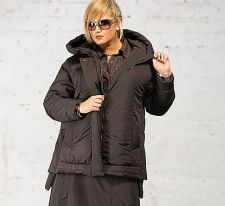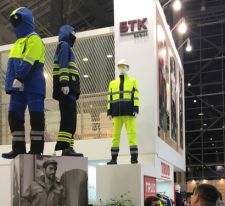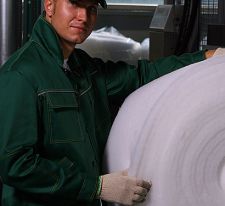Problems of choosing and using synthetic insulation materials in clothing
part 1 part 2
The time has come when the replacement of feather, wool or cotton insulation in products for low temperatures, up to –60 °C, no longer causes fears and doubts. Let's try to understand the subtleties of these materials.
High-quality synthetics have proven their worth, perfectly showing themselves even in insulated clothing for extreme weather conditions, workwear of oil and gas workers, departmental uniforms, children's and fashion clothing. However, the wider the possibilities of using synthetic insulation become, the more problems come to the surface. There are many questions related to the choice of nonwovens. Often, even specialists with experience and experience - technologists, designers, specialists in the purchase of materials for sewing clothes, heads of sewing enterprises - make the grossest mistakes. This happens because they are insufficiently informed about the key nuances of the behavior of synthetic materials in final products and sometimes do not notice the difference between technical fact and advertising, technological information and unfounded trade declaration. We hope that the recommendations presented in this article will help to understand the choice of synthetic insulation for clothing.
Synthetic insulation always works in a so-called package and never by itself. A package is a combination of various materials used in the manufacture of clothing. For example, the first layer is the upper fabric, the second is the windproof membrane, the third is the insulation, the fourth is the lining material.
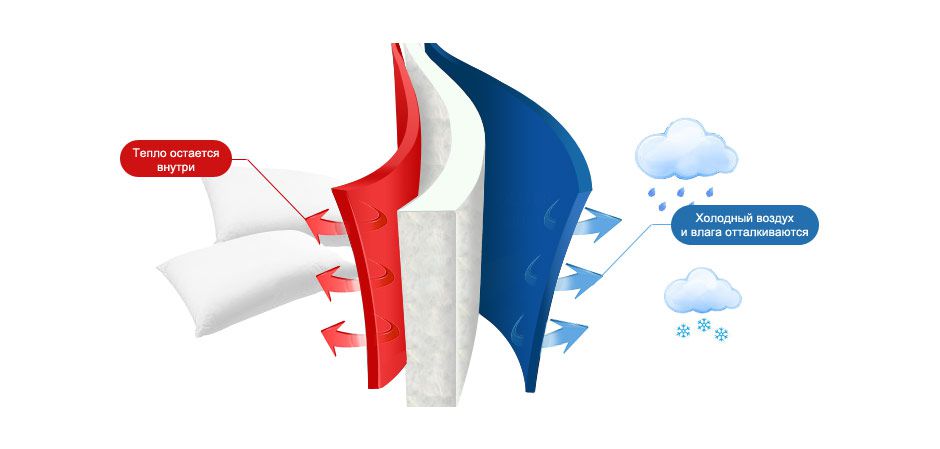
Thus, all statements that the insulation "warms" at temperatures of 10, 20, 30, etc., etc. are absolutely incompetent and unprofessional. Insulation can only contribute to "heat retention", more precisely, have thermal resistance, on the one hand, and thermal conductivity, on the other.
Recall that the higher the thermal resistance index, the more effective the insulation, the higher the thermal conductivity index, the more useless it is. In the development of modern synthetic insulation, the emphasis is on the retention of static air mass per unit volume, as well as on the selection of materials with low thermal conductivity.
One of the significant factors of the effectiveness of the insulated package is the breathability of the upper fabric in combination with the convection ability of the lining fabric. Unfortunately, this is not taken into account at all when selecting insulation materials. But this is what directly affects the effectiveness of the finished insulated product and requires special attention. All this creates a formula for the total thermal resistance of the package, which should be taken comprehensively, and not only in relation to the synthetic layer itself.
Currently, the most widely used insulation materials have been created using various types of polyester fibers. However, their structure and properties are different. For example, polyester (as well as polypropylene), created mainly by recycling methods, is used for the production of cheap sintepons. Plastic bags, bottles, dishes – waste from factories, garbage from landfills – go to the so-called secondary, from which, in turn, an inexpensive insulation is created, but, alas, with low practicality, thermal protection properties and questionable environmental friendliness.
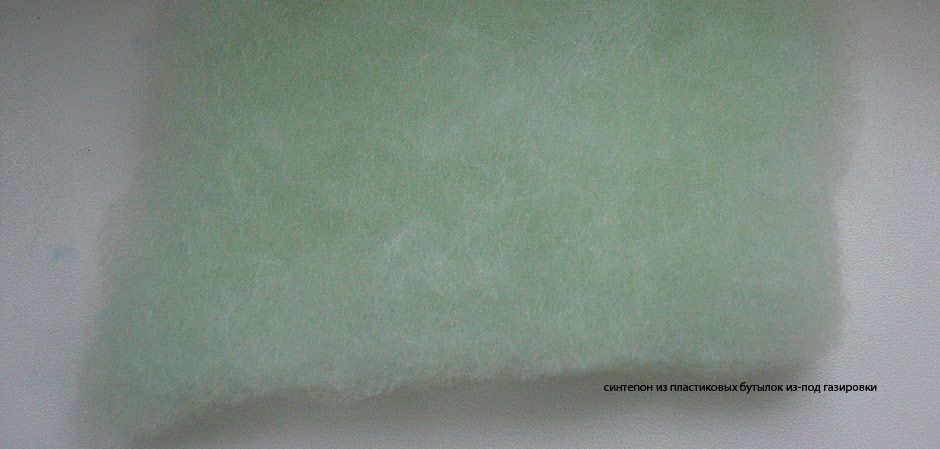
Such heaters are called disposable, since the strength of the synthetic fibers and their shape stability are extremely low. Products (usually economy class) with such insulation materials, they quickly fail, the sintepon "falls" into the sleeves and floors, leaving practically unprotected those parts of clothing where the greatest mechanical impact is noted during wear and operation (shoulders, sleeves, lower back).
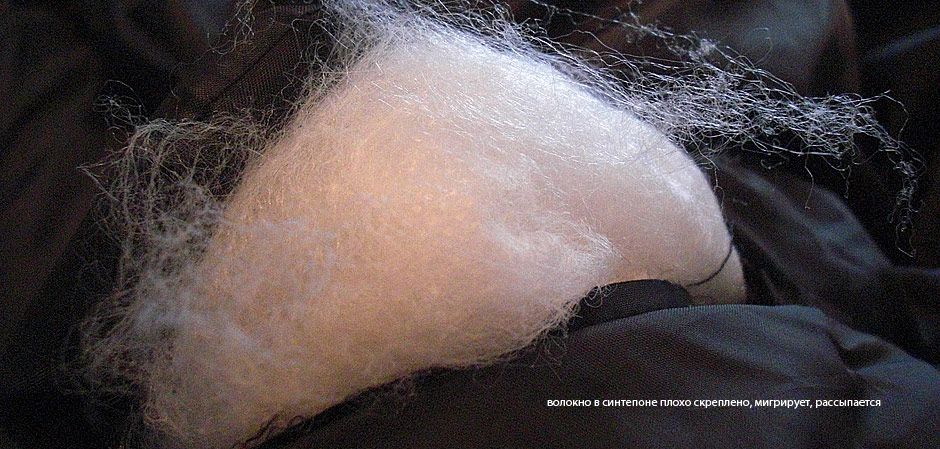
Visually determine the insulation from the secondary is easy: they have a dirty or bottle (green, brown) color, easily spread out with a slight mechanical impact, do not restore volume when pressed, sometimes have a chemical smell, crumble, crumble and the like.
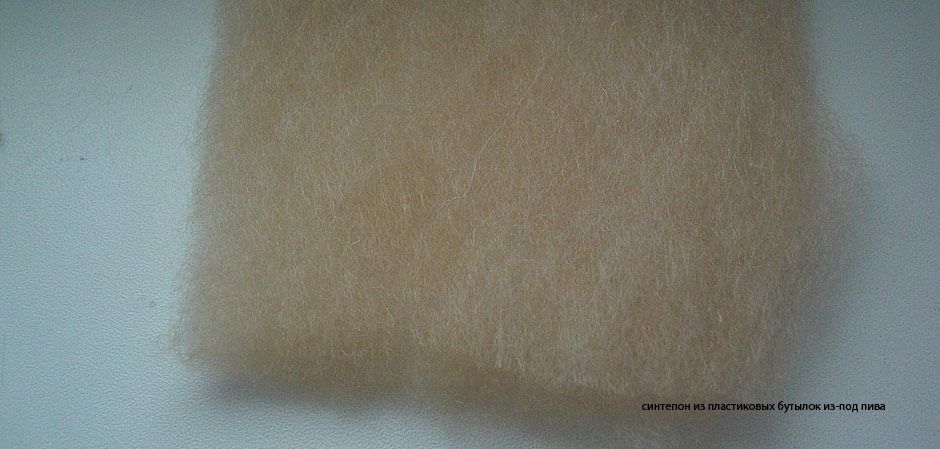
Author: Natalia Golubkova, specialist in nonwovens and synthetic insulation


